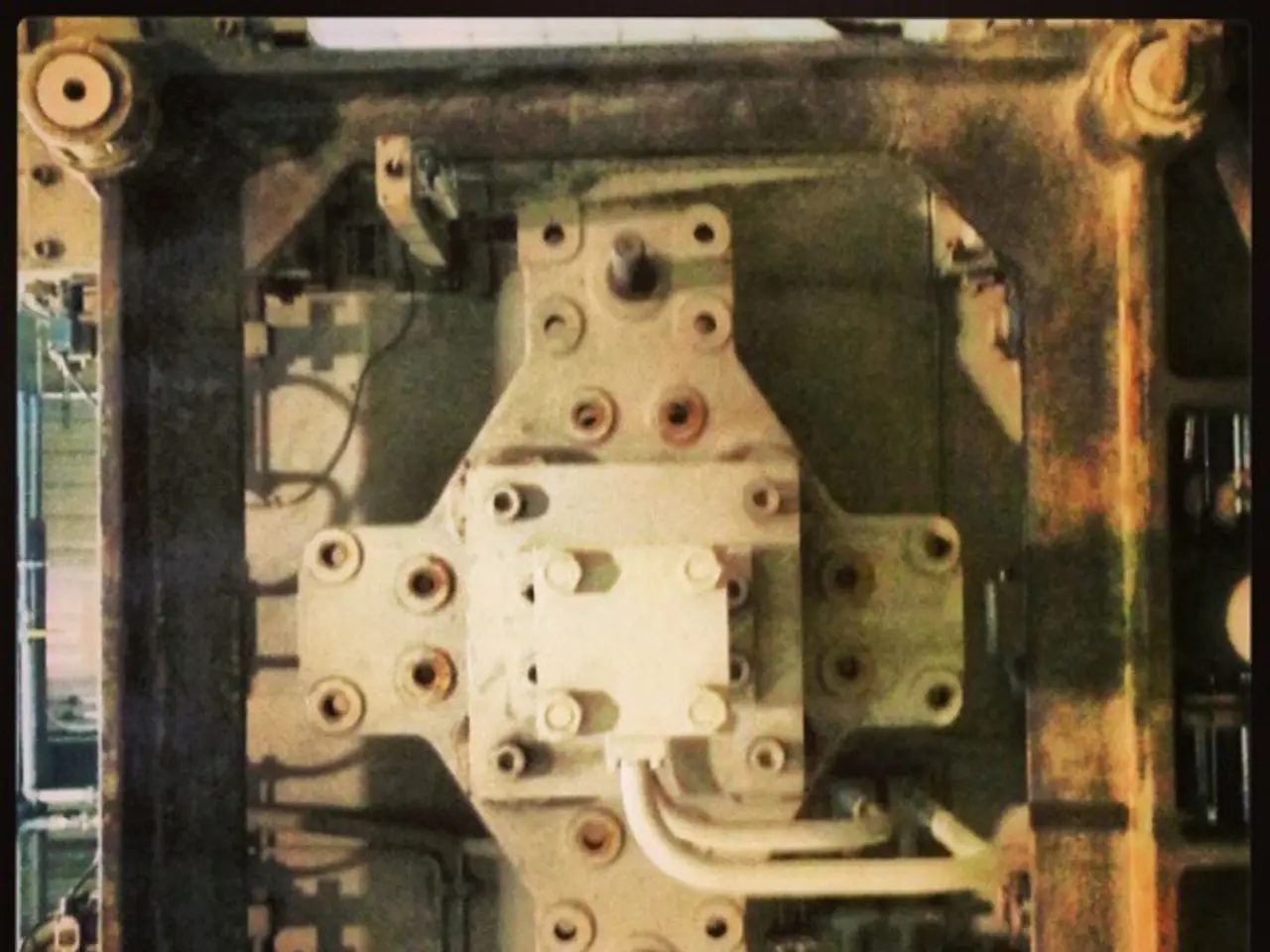Revamped Plastic Material: Autonomously Repairs, Adapts Shape, and Exhibits Strength Equal to Steel
A groundbreaking material, known as Aromatic Thermosetting Copolyester (ATSP), has been developed by researchers at Montanuniversität Leoben, led by Dr. Edith Bucher. This innovative plastic offers a unique blend of properties that make it several times stronger than steel but lighter than aluminum, making it a potential game-changer for various industries.
ATSP combines the flexibility of thermoplastics with the chemical and structural stability of thermosets, reinforced with strong carbon fibers. This combination provides an exceptional balance of strength and lightweight properties, which could significantly impact industries where performance and reliability are paramount, such as defense, aerospace, and automotive.
The material's chemical stability and self-healing behavior have been thoroughly tested and proven reliable. After two full cycles of damage and healing, the material regained nearly its full strength. However, by the fifth cycle, the healing efficiency had decreased to about 80% due to mechanical fatigue. Yet, the material survived hundreds of loading and heating cycles without failing and even gained in durability during the healing process.
Through cyclic loading, the researchers identified two critical temperatures within the material: the glass transition temperature and the vitrification temperature. These findings provide valuable insights into the material's behavior under various conditions.
The discovery of ATSP's capabilities was funded by the U.S. Department of Defense and published in the journals Macromolecules and Journal of Composite Materials. Dr. Mohammad Naraghi, the director of the Nanostructured Materials Lab and professor of aerospace engineering at Texas A&M University, and Dr. Andreas Polycarpou from the University of Tulsa, also contributed to the research project.
High-resolution imaging revealed that the composite after damage and healing resembled the original design, although repeated damage caused some local mechanical wear. The material showed no thermal degradation or decomposition, further proving its durability even after damage and healing.
In the aerospace industry, ATSP could allow for on-demand self-healing of damage, which is beneficial when materials are subjected to extreme loads and high temperatures. In the automotive sector, ATSP has the potential to transform the trade and consumer goods industry by restoring deformations after a collision and improving vehicle safety.
Moreover, ATSP is a more sustainable alternative to conventional plastics due to its recyclability. A new project funded by the German Research Foundation is exploring possibilities to create novel storage components using nanopores within ATSP. The future of this innovative material looks promising, with potential applications spanning various industries.
Read also:
- Understanding Hemorrhagic Gastroenteritis: Key Facts
- Stopping Osteoporosis Treatment: Timeline Considerations
- Tobacco industry's suggested changes on a legislative modification are disregarded by health journalists
- Expanded Community Health Involvement by CK Birla Hospitals, Jaipur, Maintained Through Consistent Outreach Programs Across Rajasthan








